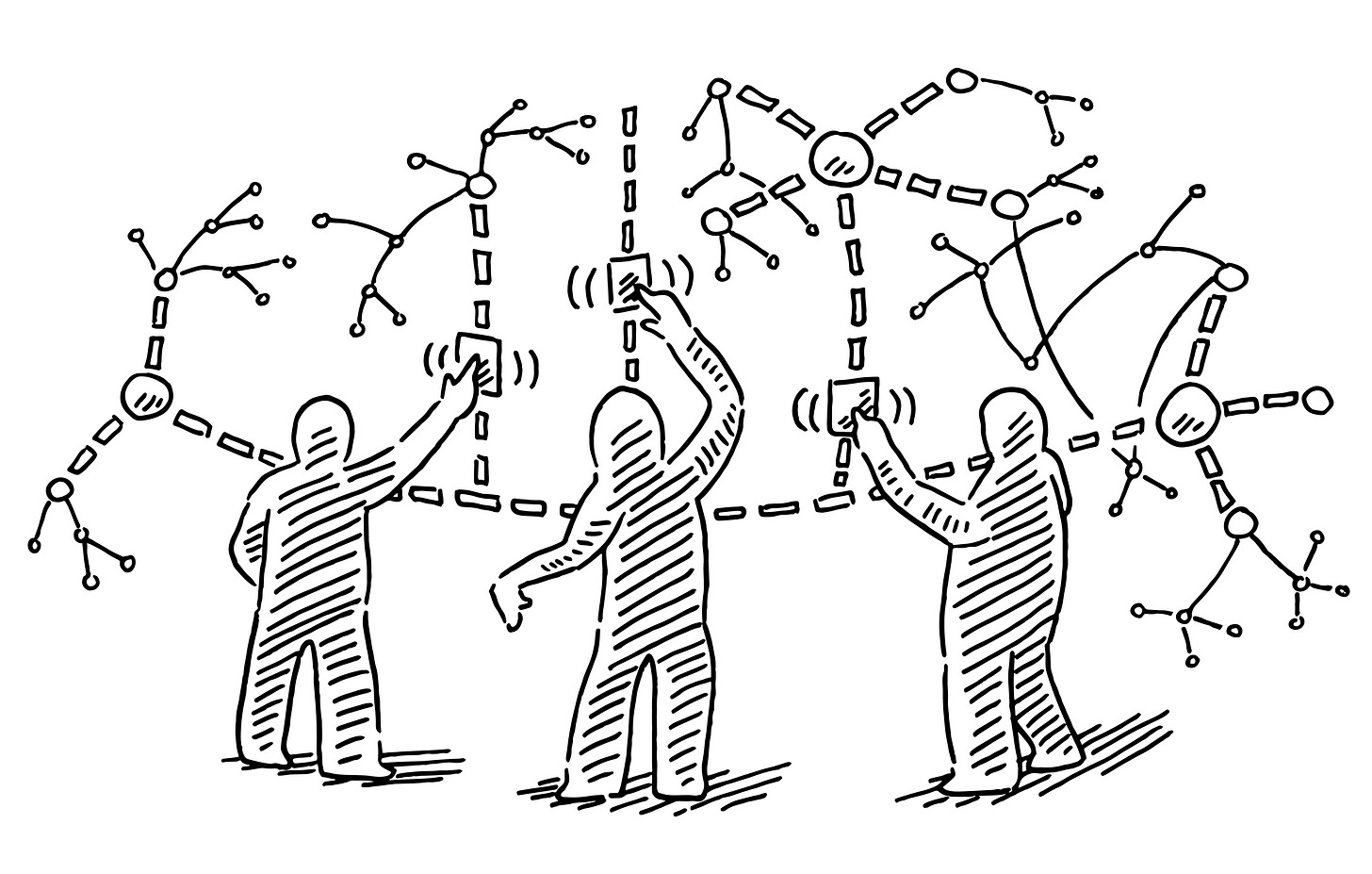Leading with a Facilitative Mindset in the Age of AI
Even in the age of AI, leaders don't have all the answers. They need a mindset that unlocks collective intelligence of teams - a mindset of facilitation.
Over the past few weeks, I’ve been traveling for work, conducting workshops and facilitating dialogues with senior leaders across client organizations.
Earlier this month, I led an immersive Visual Thinking for Consulting and Storytelling workshop for over 80 consultants at a mid-sized consulting firm, where participants learned to use visual metaphors and templates to craft impactful “big picture” narratives for clients. The following week, I delivered an enhanced version of the workshop to 80+ newly appointed executive directors at a Big Four consulting firm, which received outstanding feedback.
These experiences continue to reinforce how my work in facilitating people through meaningful conversations and structured thinking not only sharpens strategic clarity, but also enables better leaders and better leadership.
Early Bird Discount: First 5 Tickets get early bird discount of 10%. Use code “earlybird8”
Facilitation is a Leadership Superpower
AI is moving fast. It calculate, recommends, and predicts. But, it doesn’t listen. It doesn’t invite.
It doesn’t read the emotions that run in a room full of people. It doesn’t nudge a conversation. It doesn’t hold the space.
That is where facilitative leaders shine. They don’t rush to provide answers, but they design better questions in the context of the work. They hold space so that diverse people can express, discuss, dream together and orchestrate their actions collectively.
Facilitative leaders unlock collective intelligence of people enabling them to co-create solutions. They don’t command, they convene. They are not sages on the stage, but catalysts for meaningful conversations. They make the room smarter, not just louder.
Satya Nadella did not turn Microsoft around by just knowing more. He did not command what organization should do. He created an ecosystem where people felt heard, where people collaborated instead of competing. He created a culture of thinking together. I have seen this in action having facilitated conversations within Microsoft organization.
In a world ruled by algorithms, the real edge is human - collaboration, trust, listening, inclusion and trust. Facilitation does all this, and more.
Facilitation isn’t feel good fluff, it is how progress happens when people matters. When a leader is facilitative, the room belongs to everyone.
When Does Facilitation Work Best?
Facilitative leadership is especially effective when:
You’re navigating complex or ambiguous problems with no single right answer.
You need alignment across diverse perspectives or functions.
The goal is to engage teams in co-creating solutions, not just executing instructions.
Innovation, change, or strategy development requires buy-in and ownership.
There’s a need to rebuild trust, psychological safety, or team cohesion.
In these scenarios, facilitation turns group potential into real progress.
Sketchnote: What Facilitation Does (and 3 Questions)
Keep reading with a 7-day free trial
Subscribe to Clarity Canvas Weekly by Tanmay Vora to keep reading this post and get 7 days of free access to the full post archives.




